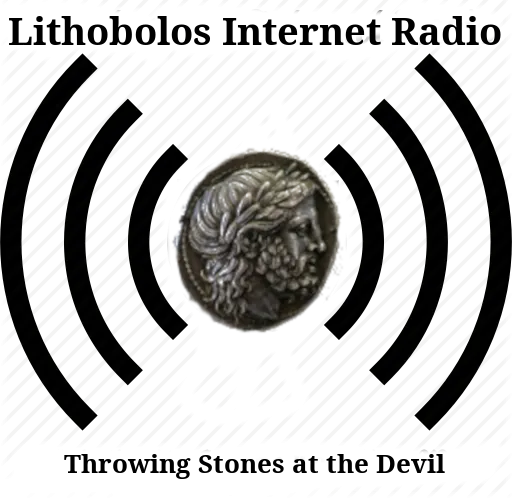Articles and Media
Math is Racist? Only if you are trying to teach zoo animals.
Deconstructing discipline and true learning in order to reach the lowest common denominator: the 75 IQ Negro.
Derek Chauvin Did Not Kill George Floyd, George Floyd Killed Himself
The George Floyd Autopsy Report is titled: "CARDIOPULMONARY ARREST COMPLICATING LAW ENFORCEMENT SUBDUAL, RESTRAINT, AND NECK COMPRESSION"
This is ambiguous, and we would assert that the ambiguity is for political reasons. There were no neck injuries, so the neck compression could not have been the cause of death. Since no life-threatening injuries were identified which could have been committed by law enforcement, then the "subdual, restraint, and neck compression" should not have even been mentioned in the title of the report. Rather, Floyd had a heart failure which must have been caused by his own drug use, and his own inner reactions to law enforcement. Derek Chauvin is the victim here, not George Floyd.
Floyd Autopsy Report admits that there were NO life-threatening serious injuries:
III. No life-threatening injuries identified
A. No facial, oral mucosal, or conjunctival petechiae
B. No injuries of anterior muscles of neck or laryngeal structures
C. No scalp soft tissue, skull, or brain injuries
D. No chest wall soft tissue injuries, rib fractures (other than a single rib fracture from CPR), vertebral column injuries, or visceral injuries
E. Incision and subcutaneous dissection of posterior and lateral neck, shoulders, back, flanks, and buttocks negative for occult trauma
Floyd Autopsy Report shows that he was under the influence of illegal drugs:
VI. Toxicology (see attached report for full details; testing performed on antemortem blood specimens collected 5/25/20 at 9:00 p.m. at HHC and on postmortem urine)
A. Blood drug and novel psychoactive substances screens:
1. Fentanyl 11 ng/mL
2. Norfentanyl 5.6 ng/mL
3. 4-ANPP 0.65 ng/mL
4. Methamphetamine 19 ng/mL
5. 11-Hydroxy Delta-9 THC 1.2 ng/mL; Delta-9 Carboxy THC 42 ng/mL; Delta-9 THC 2.9 ng/mL
6. Cotinine positive
7. Caffeine positive
Floyd had underlying heart problems which the report claims "complicated"
MICROSCOPIC EXAMINATION:
HEART (3-5): Cross sections of left ventricular, right ventricular, and interventricular septal myocardium are examined and show the expected microscopic architecture, with readily visible boxcar nuclear changes in the septal and left ventricular sections. Cross sections of coronary arteries, though not all ideally oriented, confirm the gross impression of atherosclerotic narrowing.
Why is Walmart closing stores in black neighborhoods?
See https://www.businessinsider.com/walmart-store-closings-openings-2024-full-list and understand that "financial underperformance" is caused by the behavior exhibited below, in addition to other forms of rampant shoplifting.
Jews Spitting at Catholic Nuns
Well, these nuns are demons too, but that is besides the point.



